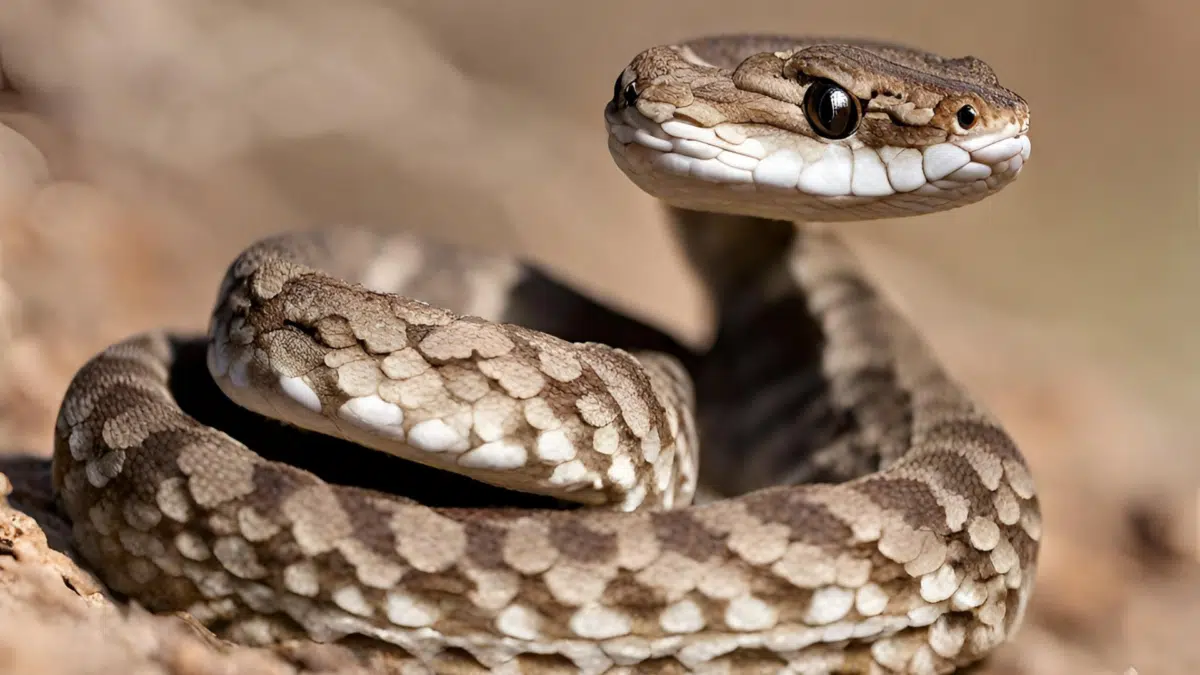In the realm of reptiles, few creatures evoke as much fascination and fear as the Saw-Scaled Viper. Renowned for its potent venom and signature saw-like scales, this snake has recently made headlines as the largest of its kind ever recorded. In this article, we embark on a journey to unravel the mysteries surrounding this colossal serpent, delving into its size, habitat, physical traits, behavior, and the implications of its astounding proportions in the context of climate change.
| Key Points | Details |
|---|---|
| Scientific Name | Echis carinatus |
| Size | 8 feet in length, surpassing the typical size range of one to two feet for this venomous species. |
| Location | Discovered in the arid landscapes of the Arabian Peninsula, adding an intriguing layer to the already enigmatic nature of the Saw-Scaled Viper. |
| Background | Native to regions spanning from North Africa to the Indian subcontinent, the Saw-Scaled Viper thrives in deserts, rocky terrains, and scrublands. |
| Physical Characteristics | The snake’s saw-like scales, a distinctive feature, produce a warning sound when rubbed together, serving as both a defense mechanism and an awe-inspiring visual trait. |
The Colossal Dimensions
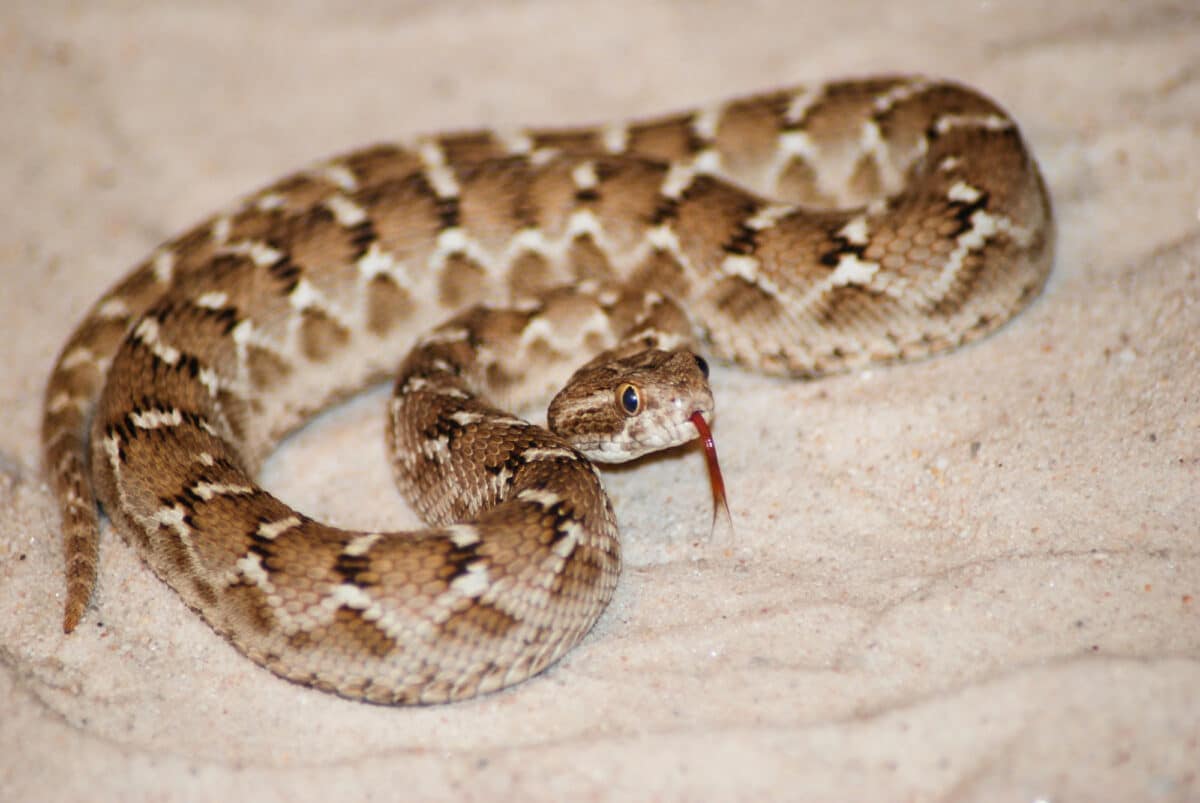
Breaking all records, the largest Saw-Scaled Viper ever documented measures a staggering eight feet in length. This revelation has herpetologists and wildlife enthusiasts alike captivated, as the average size of these venomous serpents typically ranges from one to two feet. This giant was discovered in the arid landscapes of the Middle East, adding an intriguing layer to the already enigmatic nature of the Saw-Scaled Viper.
Habitat and Background
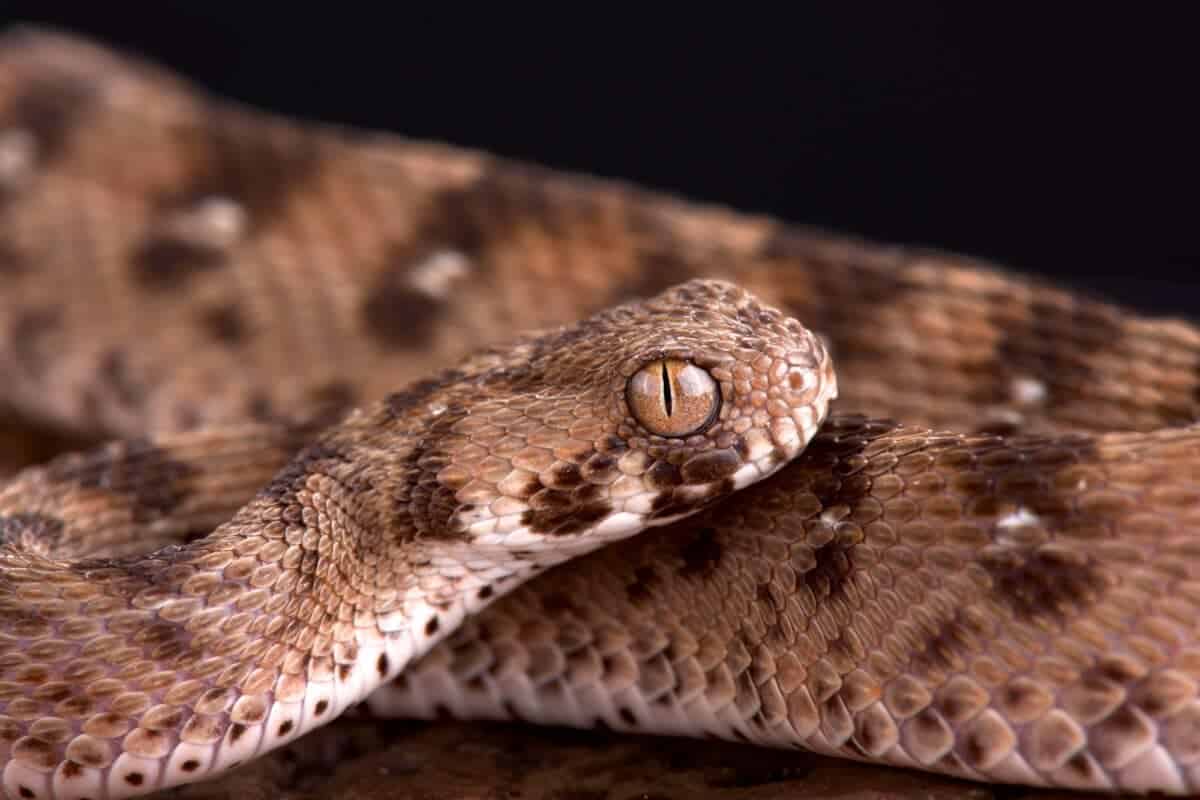
Native to a vast region spanning from North Africa to the Indian subcontinent, the Saw-Scaled Viper is a master of adaptation. Thriving in deserts, rocky terrains, and scrublands, these snakes have perfected the art of camouflage, making them elusive and challenging to spot. The recent discovery of the largest specimen occurred in the arid expanses of the Arabian Peninsula, where the snake’s cryptic coloring allowed it to blend seamlessly with its surroundings.
Physical Marvels
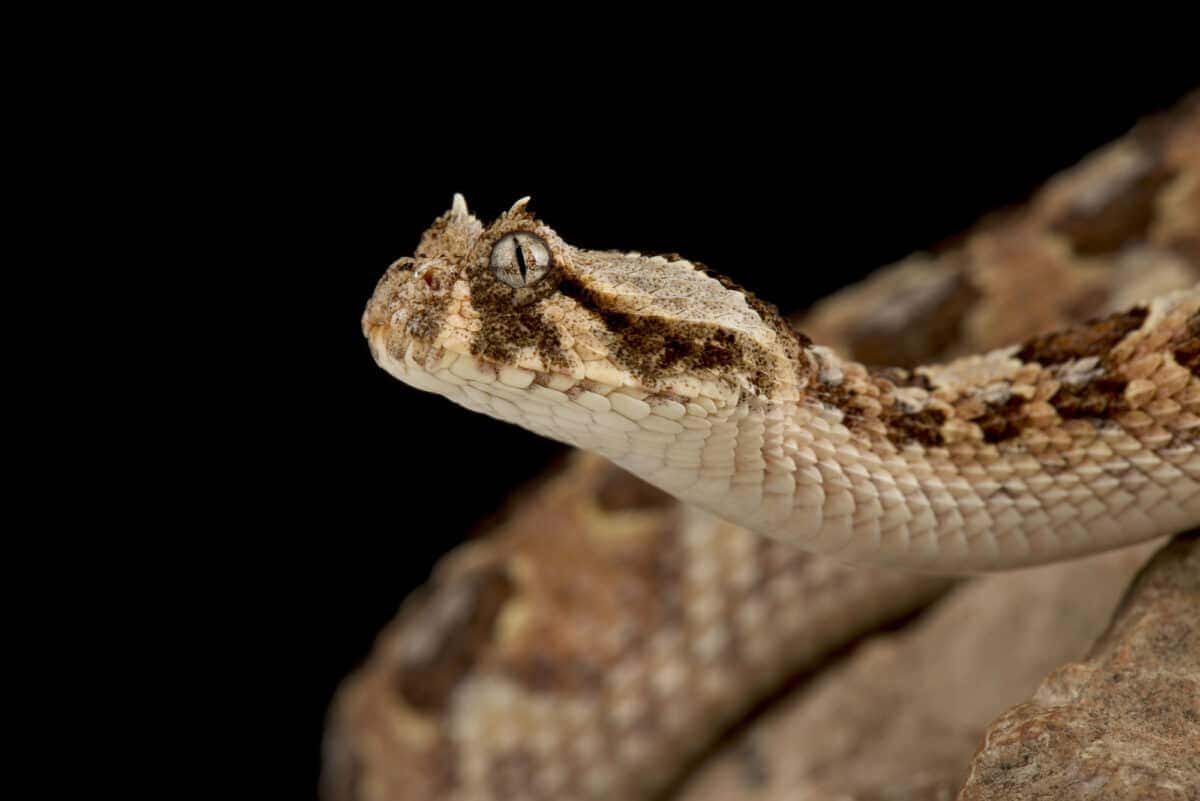
Apart from its extraordinary size, the giant Saw-Scaled Viper showcases remarkable physical characteristics. The snake’s scales, resembling miniature saw blades, serve both as a defense mechanism and a distinctive feature. These scales produce a distinctive sound when rubbed together, a warning sign that has earned the species its name. The enormity of this particular viper accentuates the impressive intricacies of its scales, creating an awe-inspiring sight for those fortunate enough to encounter it.
Behavioral Insights
Despite their venomous nature, Saw-Scaled Vipers are generally reclusive and prefer to avoid confrontation. Their ambush-style hunting technique involves lying in wait for unsuspecting prey, such as rodents and small mammals. The colossal size of the recently discovered viper, however, raises questions about potential shifts in behavior within this species. Larger predators often exhibit altered hunting patterns, and herpetologists are keen to explore whether this holds true for the giant Saw-Scaled Viper.
Significance and Implications
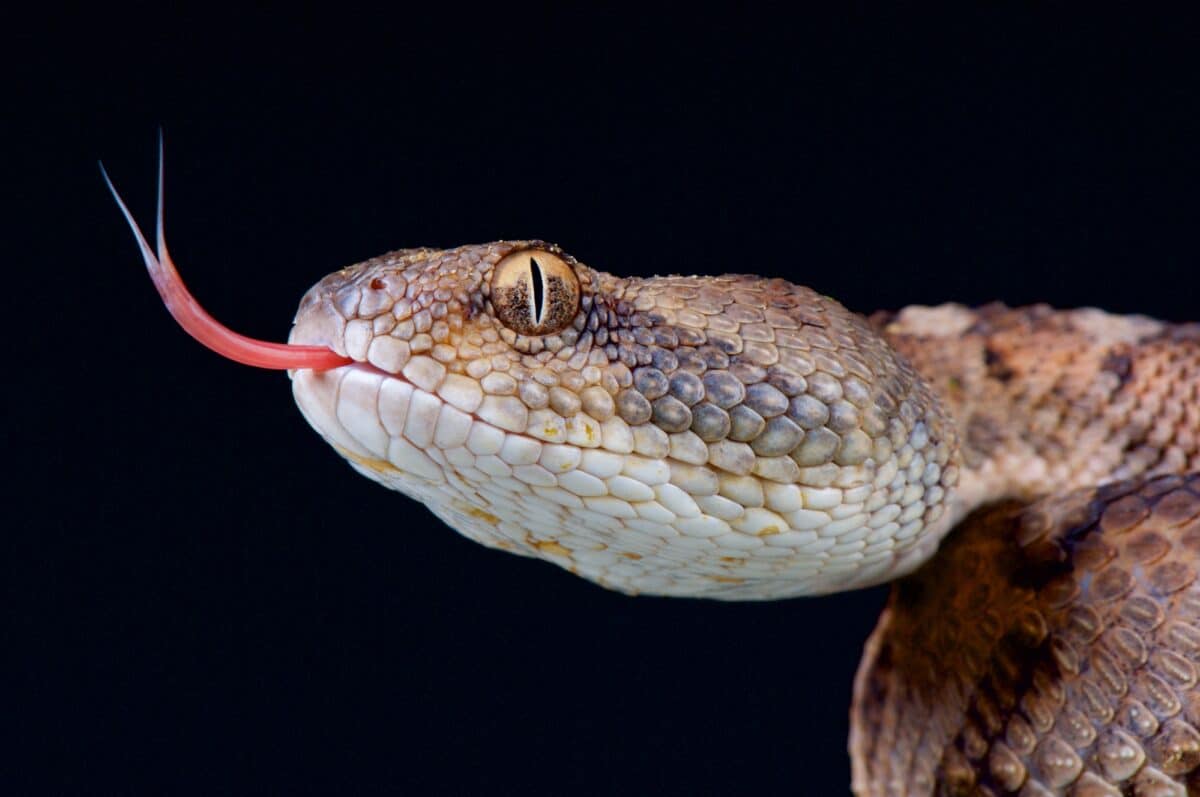
The discovery of the largest Saw-Scaled Viper carries significant implications for the understanding of snake ecology and the delicate balance of ecosystems. As apex predators, snakes play a crucial role in controlling rodent populations, thus preventing the spread of diseases. The increased size of this viper suggests a potential shift in the dynamics of predator-prey relationships, a phenomenon that could ripple through the ecosystem, impacting both flora and fauna.
Climate Change and Population Dynamics
One cannot ignore the looming specter of climate change and its potential influence on the size and distribution of species. As temperatures rise and habitats transform, animals, including snakes, may undergo adaptive changes. The colossal Saw-Scaled Viper could be a harbinger of such transformations, indicating a response to the evolving environmental conditions in the region. Understanding these shifts becomes paramount in predicting and mitigating the ecological consequences of climate change.
Wrapping Up with the Largest Saw-Scaled Viper
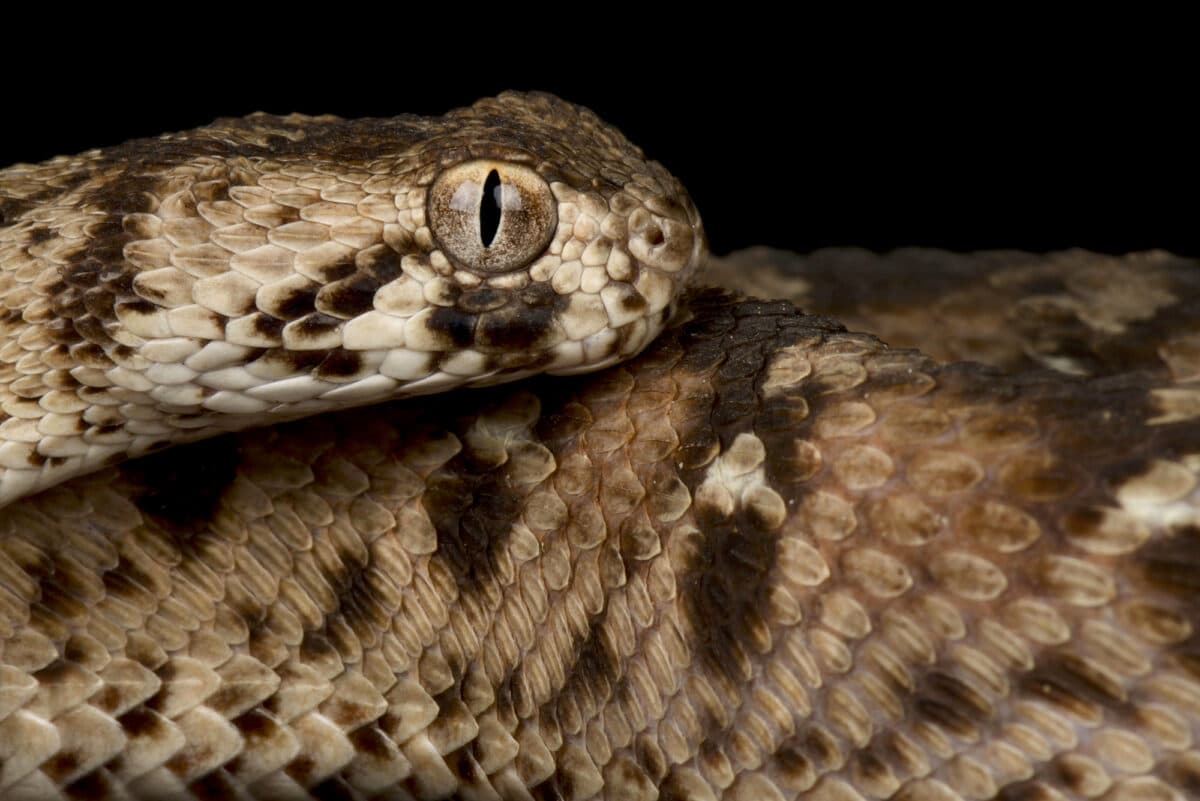
In the vast tapestry of the animal kingdom, the largest Saw-Scaled Viper stands out. Evidently, it is a testament to the wonders and adaptations nature has to offer. Its colossal size not only captures our imagination but also beckons us to delve deeper. Furthermore, into the intricate connections between species and their environments. As we continue to unlock the secrets of this enigmatic serpent, the implications of its size on ecosystems and the looming impact of climate change underscore the urgency of conservation efforts. The discovery of this giant snake serves as a stark reminder that, in the face of a changing world. Thus, our understanding and preservation of wildlife are more crucial than ever.
Thank you for following along with this article –
Next up in the animal kingdom:
Join our Forum for free today!

- Big Cats Love Mouthing Affection - July 22, 2024
- Kind Elephant Merciful To Lion Cubs - July 22, 2024
- Beachgoers Save Massive Shark Stranded In Florida - July 22, 2024

